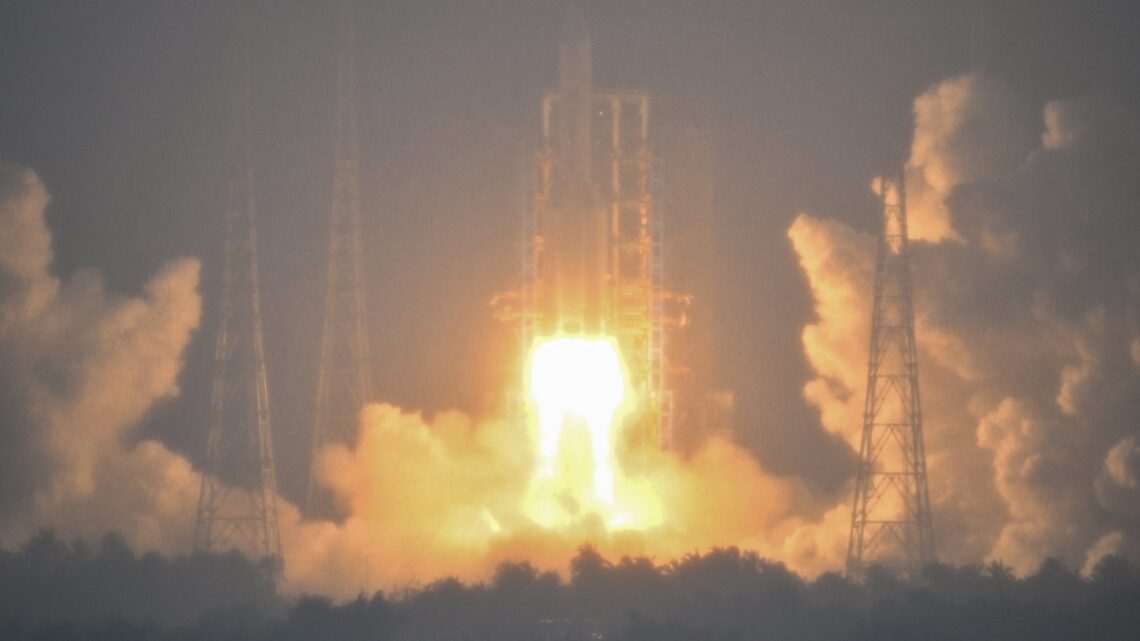China launched its uncrewed Chang’e-6 lunar spacecraft at 5:27 PM local time (5:27 PM EST) on Friday from the southern island province of Hainan, accelerating its ongoing space race with the US. If successful, a lander will detach upon reaching lunar orbit and descend to the surface to scoop up samples from the expansive South Pole-Aitken basin impact crater. Once finished, the lander will launch back up to Chang’e-6, dock, and return to Earth with the first-of-its-kind samples in tow. All told, the mission should take roughly 56 days to complete.
China’s potential return to the moon marks a significant development in international efforts to establish a permanent presence there. As the US moves forward with its Artemis program missions alongside assistance from Japan and commercial partners, China and Russia are also seeking to build their own lunar research station. Whoever does so first could have major ramifications for the future of moon exploration, resource mining, and scientific progress.
[Related: Why do all these countries want to go to the moon right now? ]
The China National Space Administration’s (CNSA) previous Chang’e-5 mission successfully landed a spacecraft at a volcanic plain on the moon’s near side, but Chang’e-6 aims to take things further, both technologically and logistically. To pull off a far side feat, CNSA mission controllers will need to use a satellite already in orbit around the moon to communicate with Chang’e-6 once its direct relay becomes blocked. But if they can manage it, the payoff will be substantial.
As NBC News explained Friday, the moon’s far side is much less volcanically active than its near side. Since all previous lunar samples have come from the near side, experts believe retrieving new samples elsewhere will help increase their understanding of the moon’s history, as well as potential information on the solar system’s origins.
NASA most likely still has an edge when…
Read the full article here







